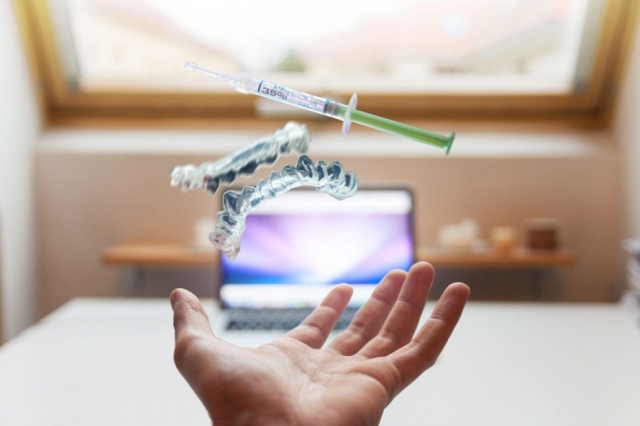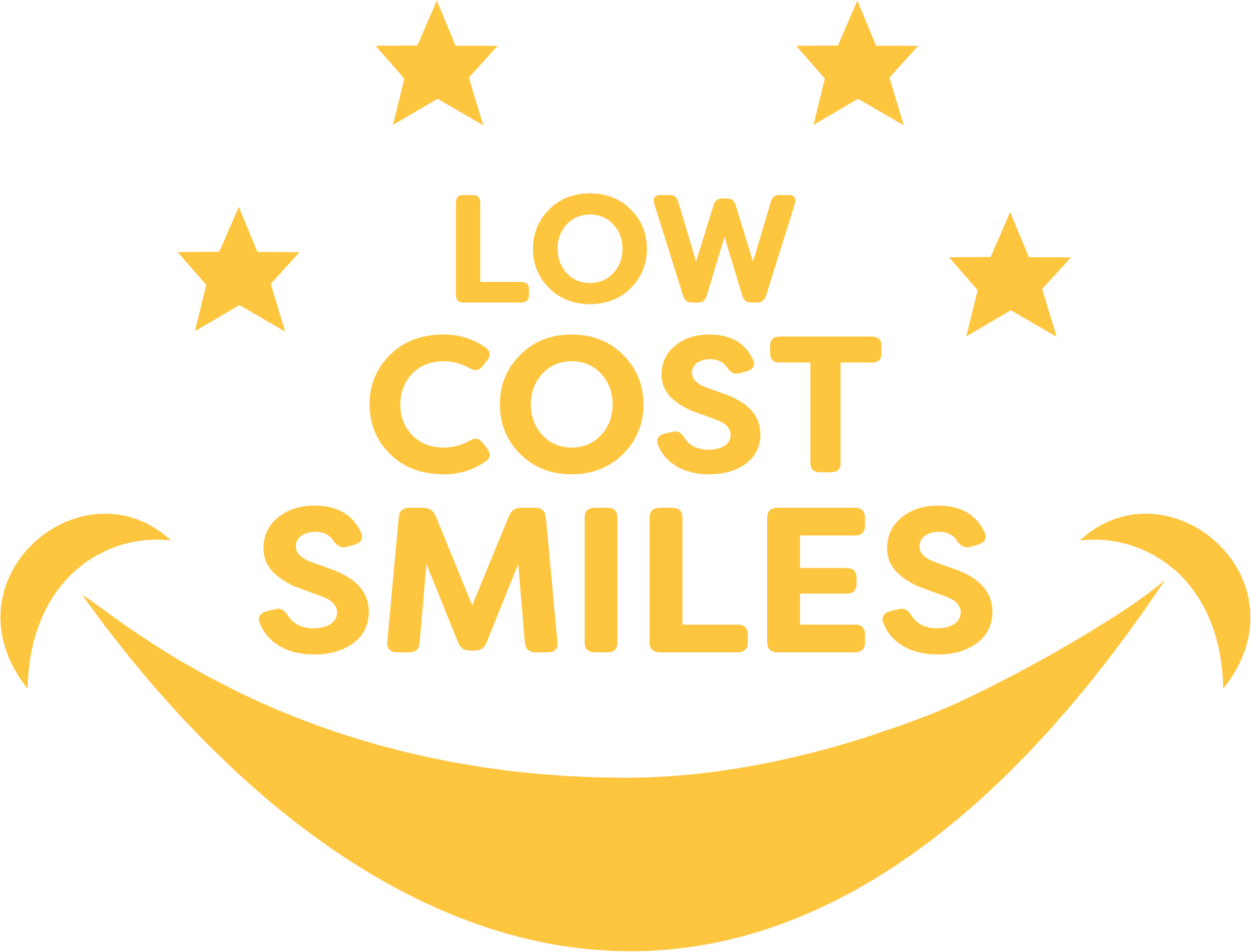
How Clear Aligners Totally Changed the Orthodontic Industry Landscape
07/08/2022
Over the years, the orthodontic field has seen a lot of innovation as new technologies are used to help people achieve their desired straighter smiles. Although braces have been used to treat malocclusions since 1819, there are more recent technology available. Clear aligners are one piece of technology that has significantly changed orthodontics. Let's take a closer look at how transparent aligners have transformed the orthodontic profession to find out more about them and why they're such a major changer.
After Braces: The Creation of Clear Aligners
Although clear aligners might be said to have first appeared in the 1990s, their true introduction came in 1999. The use of clear aligners marked a substantial departure from conventional braces. Clear aligners used a tray system that progressively moved teeth to where they needed to be, as opposed to needing your patients to wear brackets and wires to correct malocclusions and move teeth to the proper position. Of course, clear aligners have changed in such a short period of time as well. You can use this technology in conjunction with clear aligners to assist your patients achieve their goals more successfully now that technology has progressed to give superior dental and orthodontic care overall.
What Are the Benefits of Clear Aligners in Comparison to Braces?
When there are multiple teeth-straightening solutions available, knowing how one technology operates in contrast to the alternatives helps show why it has had such an impact on the industry. Here's how patients may see why clear aligners are a distinctive product.
Cleaning your teeth is simple with clear aligners.
In addition to being important for oral health, good dental hygiene also benefits appearance. Brushing and flossing can be more challenging for your patients whether braces are used on the lingual and/or labial surfaces. By enabling your patients to entirely remove their aligner trays in order to thoroughly clean their teeth, clear aligner trays alleviate this challenge
Clear aligners are a reliable form of treatment.
Malocclusions can be effectively treated with clear aligners. Patients desire assurance that the orthodontic procedure they select will be effective. Clear aligners may be a more recent invention than braces, but that doesn't imply they don't function. Clear aligners can aid your patients in improving their smiles, while the course of treatment may change based on the degree and nature of the problem. Furthermore, the order in which the aligner trays will be utilized is typically planned from the beginning of treatment. Because it allows patients more visibility and control over their experiences and treatments, this is a game-changing development.
Clear aligners might provide your patients with a faster treatment process.
Orthodontic treatment involves many variables, all of which will ultimately affect how long it takes. Having said that, clear aligners occasionally outperform braces in terms of effectiveness. When clear aligner technology was originally established, treatment times tended to take around a year, but certain cases may be fixed in just six months or even less time.This may be a preferable alternative for people who want to treat their malocclusions quickly and in a way that hides their therapy.
Modern technology can make the clear aligner process even more seamless.
Traditional impressions, bonding brackets to teeth, and routine wire tightening may come to mind when one considers the process of acquiring braces. Patients can avoid a lot of this process using clear aligners. Orthodontists may now construct treatment plans and take impressions frequently digitally, which greatly enhances the degree to which doctors can individually tailor the aligner experience for each patient. Then, with your assistance, patients wear the trays for the planned period of time, visit the office frequently for inspections to verify they are on track, and proceed as expected with relatively few complicated treatment steps. This could be quite advantageous for contemporary orthodontic practices.
When one thinks about the process of getting braces, traditional impressions, bonding brackets to teeth, and routine wire tightening may come to mind. By using clear aligners, patients can bypass a lot of this process. Orthodontists may now create treatment plans and regularly take impressions digitally, dramatically enhancing the degree to which they can individually customize each patient's experience with aligners. Then, with your help, patients wear the trays for the allotted amount of time, frequently visit the clinic for inspections to ensure they are on track, and proceed as expected with only a small number of challenging treatment steps. This might be quite helpful for modern orthodontic procedures.


